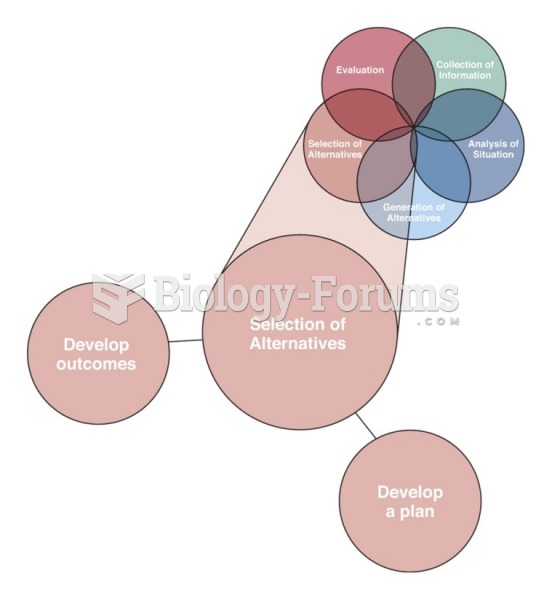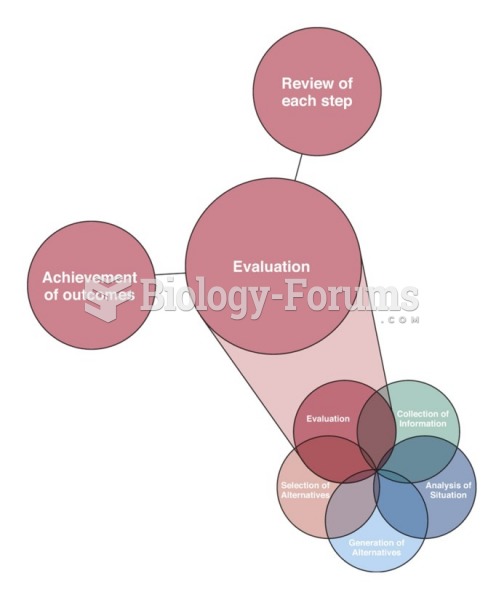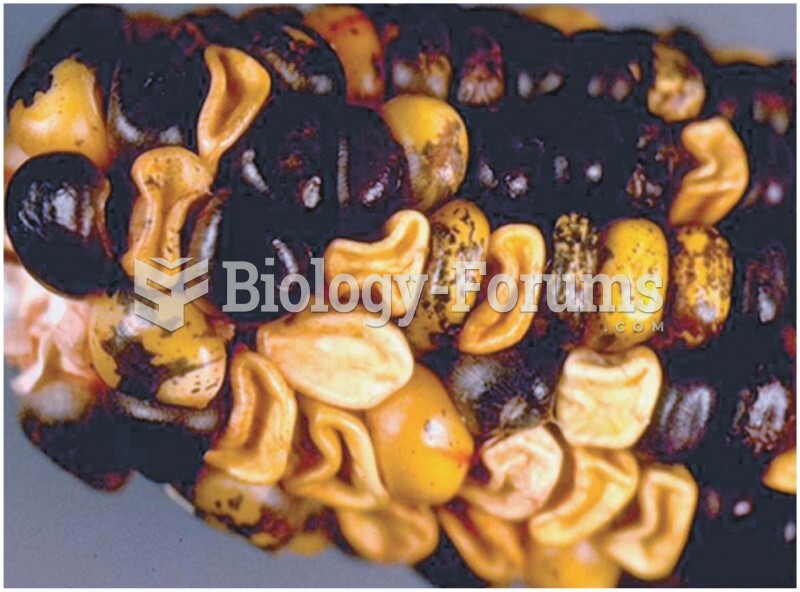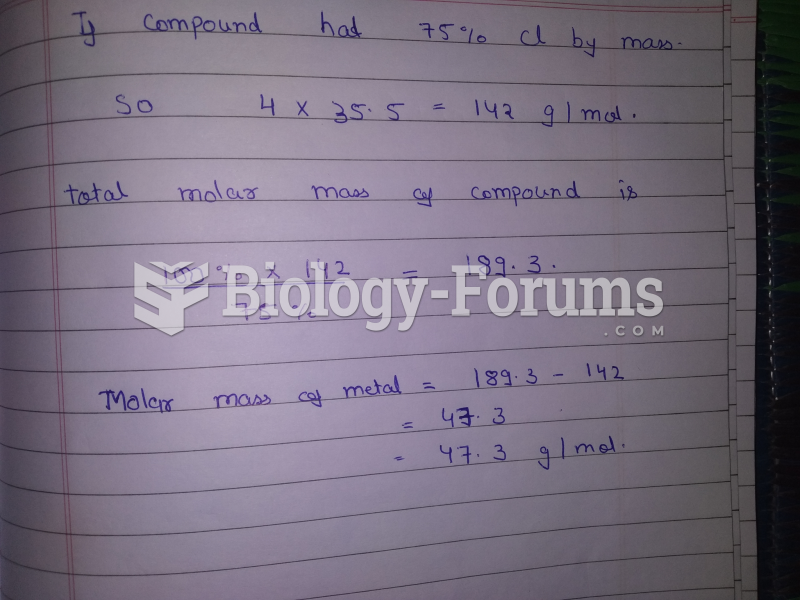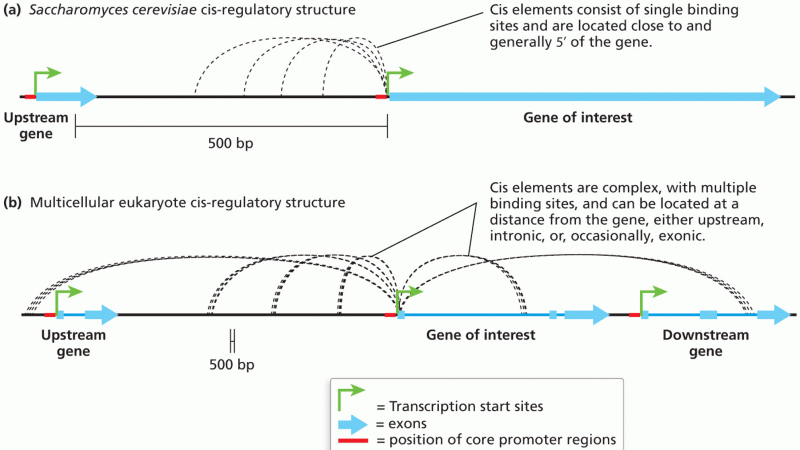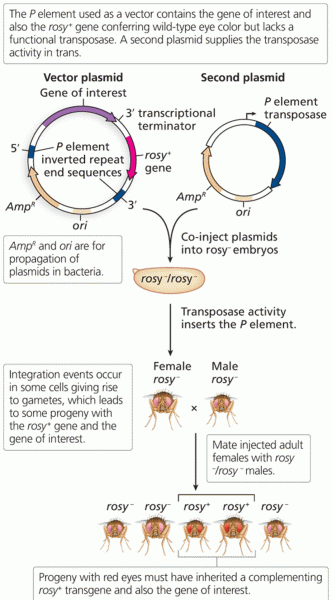What is the most electropositive element?
A)
Li
B)
Be
C)
B
D)
C
E)
N
Question 2Instructions: Consider the reaction below to answer the following questions:

Refer to instructions. Draw arrows on the structure below showing electron flow in this reaction.
 Question 3
Question 3Instructions: Consider the reaction below to answer the following questions:

Refer to instructions. This reaction is an example of:
a.
an aldol reaction
b.
a Claisen reaction
c.
a reverse Claisen reaction
d.
a reto aldol reaction
Question 4What is the structure of the a-keto acid formed by transamination of the amino acid isoleucine?
 Question 5
Question 5Instructions: Match a term or structure from the list below to each of the following definitions or names.
a.
electron-transport chain
i.
ATP
b.

j.

c.
citric acid cycle
k.
anabolism
d.
Embden-Meyerhoff
l.
acetyl CoA
e.
glycolysis
m.

f.

n.
metabolism
g.
Hans Krebs
o.

h.
catabolism
- Coenzyme NAD+ required in the b-oxidation of fatty acids, glycolysis, and the citric acid cycle.
Question 6Instructions: Match a term or structure from the list below to each of the following definitions or names.
a.
electron-transport chain
i.
ATP
b.

j.

c.
citric acid cycle
k.
anabolism
d.
Embden-Meyerhoff
l.
acetyl CoA
e.
glycolysis
m.

f.

n.
metabolism
g.
Hans Krebs
o.

h.
catabolism
- Discoverer of the glycolysis pathway.
Question 7Instructions: Match a term or structure from the list below to each of the following definitions or names.
a.
electron-transport chain
i.
ATP
b.

j.

c.
citric acid cycle
k.
anabolism
d.
Embden-Meyerhoff
l.
acetyl CoA
e.
glycolysis
m.

f.

n.
metabolism
g.
Hans Krebs
o.

h.
catabolism
- The energy currency of the cell.
Question 8Instructions: Match a term or structure from the list below to each of the following definitions or names.
a.
electron-transport chain
i.
ATP
b.

j.

c.
citric acid cycle
k.
anabolism
d.
Embden-Meyerhoff
l.
acetyl CoA
e.
glycolysis
m.

f.

n.
metabolism
g.
Hans Krebs
o.

h.
catabolism
- Reactions that put smaller molecules together to synthesize larger biomolecules.
Question 9Instructions: Match a term or structure from the list below to each of the following definitions or names.
a.
electron-transport chain
i.
ATP
b.

j.

c.
citric acid cycle
k.
anabolism
d.
Embden-Meyerhoff
l.
acetyl CoA
e.
glycolysis
m.

f.

n.
metabolism
g.
Hans Krebs
o.

h.
catabolism
- The product of the citric acid cycle, which is a reactant in the first step.
Question 10Instructions: Match a term or structure from the list below to each of the following definitions or names.
a.
electron-transport chain
i.
ATP
b.

j.

c.
citric acid cycle
k.
anabolism
d.
Embden-Meyerhoff
l.
acetyl CoA
e.
glycolysis
m.

f.

n.
metabolism
g.
Hans Krebs
o.

h.
catabolism
- Pyridoxal phosphate, the cofactor in transaminations.
Question 11Instructions: Match a term or structure from the list below to each of the following definitions or names.
a.
electron-transport chain
i.
ATP
b.

j.

c.
citric acid cycle
k.
anabolism
d.
Embden-Meyerhoff
l.
acetyl CoA
e.
glycolysis
m.

f.

n.
metabolism
g.
Hans Krebs
o.

h.
catabolism
- Acetyl groups are oxidized to yield carbon dioxide and water.
Question 12Instructions: Match a term or structure from the list below to each of the following definitions or names.
a.
electron-transport chain
i.
ATP
b.

j.

c.
citric acid cycle
k.
anabolism
d.
Embden-Meyerhoff
l.
acetyl CoA
e.
glycolysis
m.

f.

n.
metabolism
g.
Hans Krebs
o.

h.
catabolism
Pathways that break down larger biomolecules into smaller ones.
Question 13Draw the product of the following reaction, which is involved in the catabolism of triacylglycerols.
 Question 14
Question 14The source of oxygen for b-oxidation is:
a.
CO
2 b.
O
2 c.
Peroxide
d.
Water
e.
None of these is the source of oxygen for b-oxidation.


